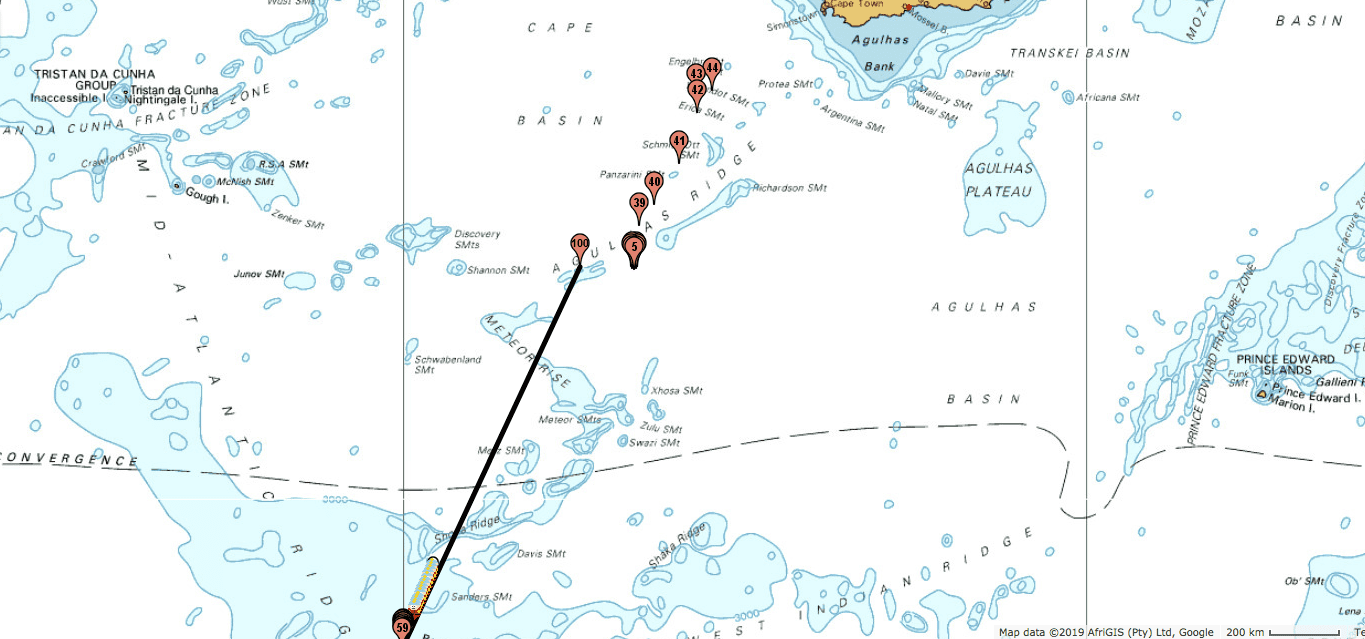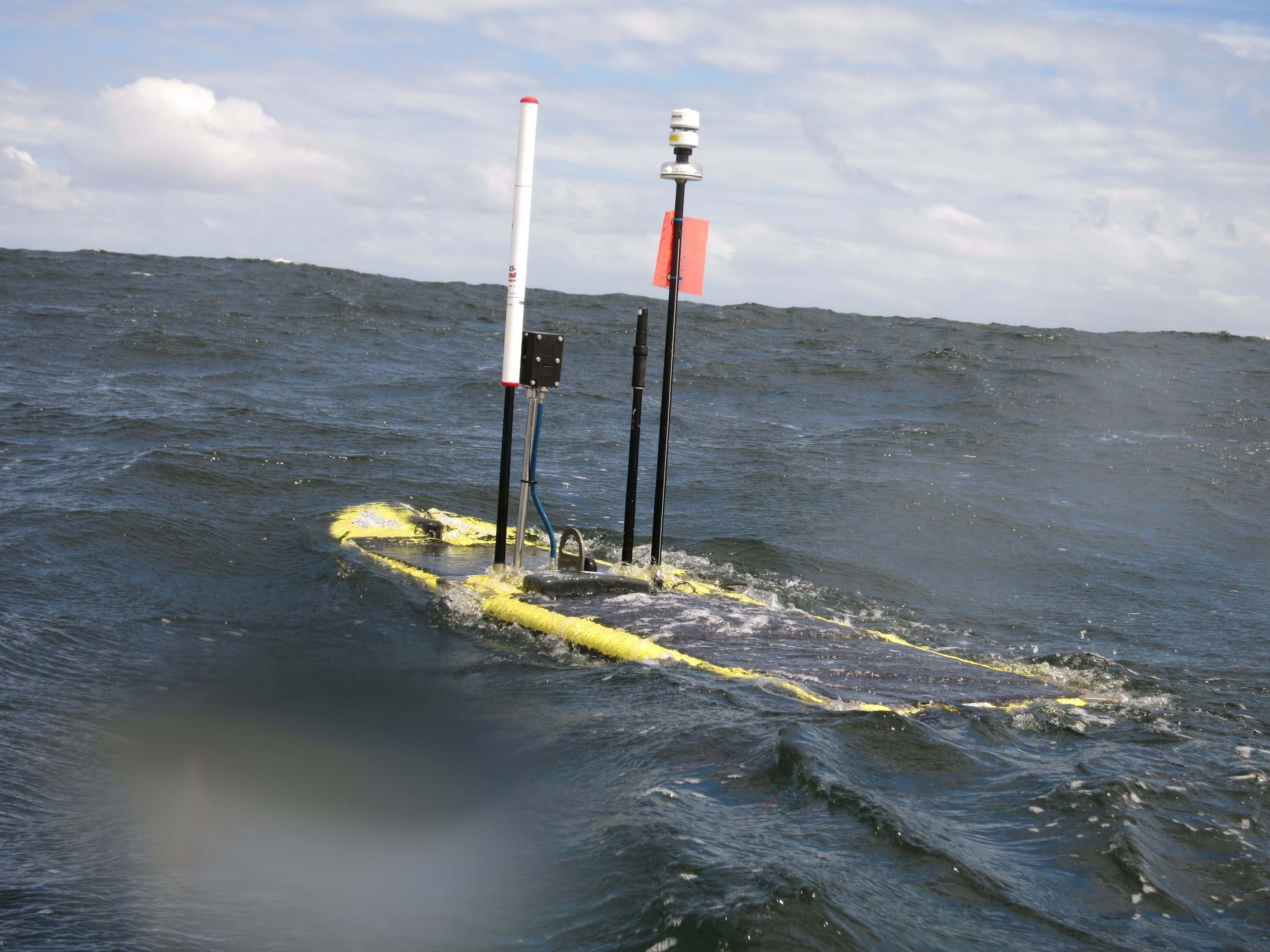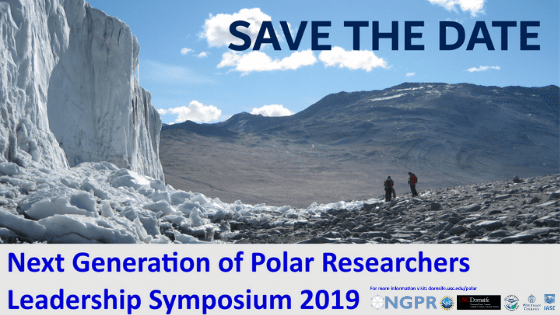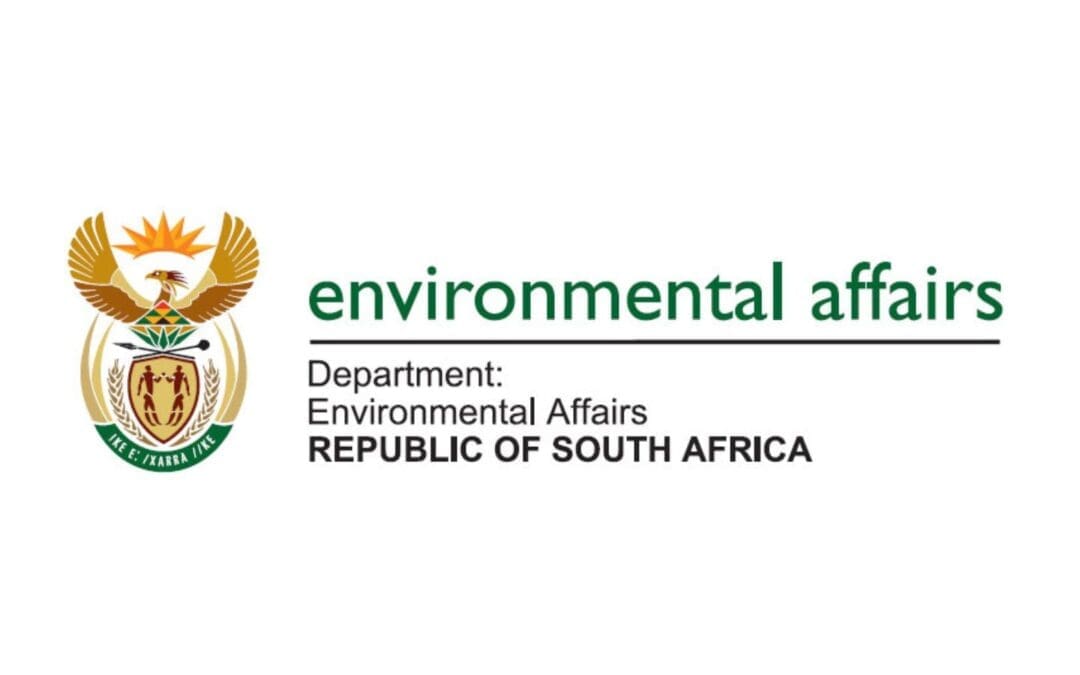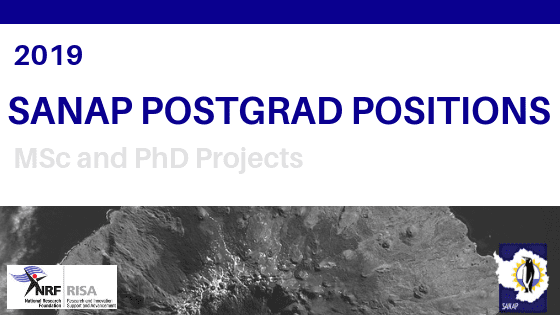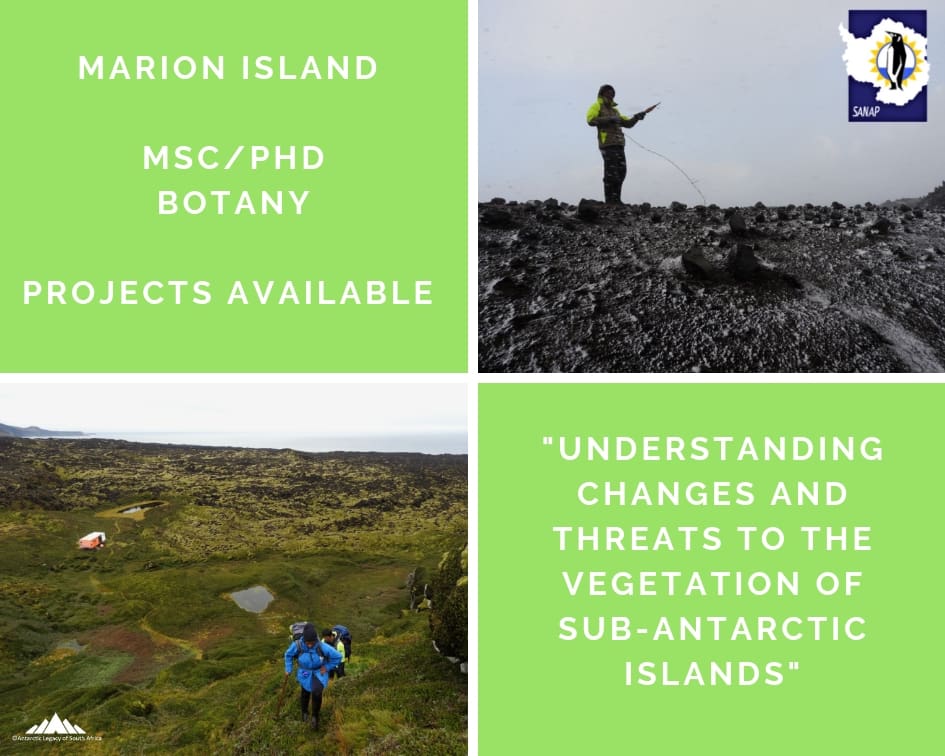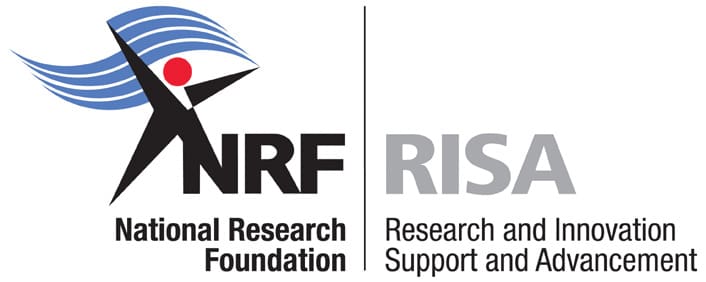
by Fishgate@sanap | Feb 18, 2019 | News, Research, SA Agulhas II, SANAP, Science, Southern Ocean
SOCCO: Southern Ocean Carbon & Climate Observatory
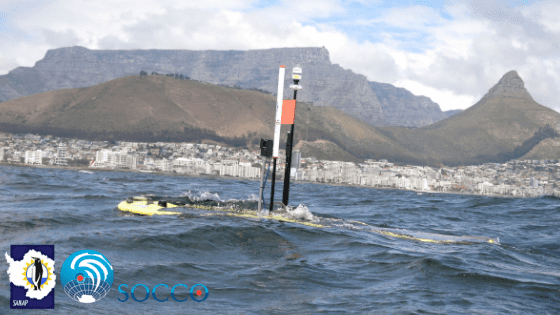

SANAP Project name: How storm characteristics in the Southern Ocean influence inter annual variability of CO2 fluxes
This summer SOCCO conducted the second SOSCEX-Storm glider-based experiment in the Southern Ocean as part of its 3 year science plan. We deployed two carbon wave gliders equipped with our SA-RobOTIC designed and built and pCO2 sensors, which have behaved flawlessly under the most dire conditions that the Southern Ocean could throw at them, which included weekly storms of 80-140km/h winds, waves of 10+m, snow storms and sea temperatures of -1 to 2°C. During this 2 month period they have taken over 3000 pCO2, pH, temperature and salinity observations. It was a rigorous test for the pCO2 sensors, which have a design feature that is specifically made to cope with Southern Ocean storms. It can be submerged by a wave which will mean that it taken a bit of water through the air intake but when the detectors pick this up it uses it pressurized gas to expel the moisture and continues to provide high quality data. This deployment was a significant achievement for our SA-RobOTIC engineering and an indication of how our expertise to operate in these conditions has matured and become globally recognized. This deployment was important for two reasons, it allowed us to start to examine the role of storms in driving the carbon – climate feedback in the Southern Ocean and it is a preparation phase for the SCALE experiment that starts in July 2019. The hypothesis, which is core to our NRF-SANAP and DST funding, that we are exploring is that climate-linked changes in storm characteristics will play an important role in the century scale carbon – climate feedbacks. Ocean robots and high precision sensors make this science possible.
We have however encountered a problem with the glider deployed at 54°S which is, that while it generated enough power during the peak of summer with nearly 24 hours of daylight, this is no longer the case in February with the sun setting for increasingly long periods – night is arriving in Antarctica. Wave gliders use solar panels to power the sensors. The second glider was deployed at 43°S where there is still plenty of sunlight. In a normal year the gliders would have been picked up by the S.A. Agulhas II coming back from SANAE at about this time but this year the ship is coming back nearly 5 weeks later because it is chartered by a British team to find the Endurance, Shackleton’s ship. As a matter of interest we are collaborating with some of our aeronautical engineering colleagues at CHPC (Centre for High Performance Computing) to develop an underwater power generator to enable us to make winter (no sunlight) deployments in July 2019.
For this reason we have made the decision to pilot both wave gliders home to Cape Town without the ship. This will be a journey of 2500km for WG-052 and 1200km for WG-027. We think this has the added advantage of reducing the risk of damage during retrieval by the ship, which has happened a few times due to the normally difficult conditions on retrieval. So, wave glider 052 has now left its long term observation position at 54°S on the prime meridian and is heading home towards wave glider 027 which is at 43°S. It is travelling at a speed of about 100km per day. The sensors are all working and we will take advantage of this opportunity to conduct an experiment that needs 2 gliders while they are on the way home. We expect them home in a month, mid-March and we will pick them up in Granger Bay in front of our SA-RobOTIC centre.

Route of the WG052 and 027 gliders (2019)
The wave gliders were paired with a buoyancy glider each that are making observations down the water column to 1000m 4 – 5 times a day. This pairing of wave gliders and buoyancy gliders is a SOCCO innovation under the SOSCEX series of experiments since 2013/14. The two buoyancy gliders will remain on station waiting for ship retrieval in mid-March.
– Dr. Pedro M. Scheel Monteiro & SOCCO & SA-RobOTIC team, 18 February 2019
SOCCO on Social Media
http://socco.org.za/news/riding-the-waves-home/

by Fishgate@sanap | Oct 22, 2018 | Announcement, Research, Science, Southern Ocean, sub-Antarctic
Completing an MSc or PhD within the South African National Antarctic Programme can be something out of the ordinary.
Are you interested in the sub-Antarctic, Antarctic or the Southern Ocean?
Keep an eye out for related postgrad positions

Anché Louw, Antarctic Legacy of South Africa, Department of Botany and Zoology, Stellenbosch University, 22 October 2018

by Fishgate@sanap | Aug 21, 2018 | Announcement, Antarctica, Gough Island, Legacy, Marion Island, Research, SANAP, Science, SEAmester, Southern Ocean, sub-Antarctic
FIFTH SANAP SYMPOSIUM : OPENING REMARKS (13 August 2018)
Gansen Pillay PhD
DCEO: Research and Innovation Support and Advancement (RISA)
Distinguished Participants
It is a pleasure and privilege to provide some Opening Remarks on behalf of the National Research Foundation (NRF) of SA on the occasion of the 5th SANAP Symposium jointly hosted by CPUT and SANSA. This afternoon, I would like to focus on four dimensions.
Firstly, I would like to focus on this Symposium and its importance. Secondly, I would like to explore the strategic positioning of SANAP and its related research areas in the context of a global research agenda. Thirdly, we will share with you the latest information relating to the funding of SANAP by the NRF. And finally, I would like to focus on training the next generation of researchers, viz., our postgraduate students.
Our sincere congratulations to the Conference Organisers for conceptualising the content and themes for this Symposium. Hermanus as a venue could not have been more ideal venue given the themes of this meeting. This Symposium signifies a meeting of the oceans and space, each looking at the other through different lenses, yet focusing on the common good of responsiveness, relevance and sustainability.
We take the opportunity of congratulating Prof Isabelle Ansorge and her joint authors for the timely article in the South African Journal of Science (SAJS) titled “SEAmester – SA’s first class afloat”. It intersects the Global Change Grand Challenge and draws on Operation Phakisa. As you may be aware, one of NRF’s National Research Facilities (NFs), viz., the SA institute for Aquatic Biodiversity (SAIAB) is a partner in this initiative. This goes a long way towards accelerating NRF’s objective of not just providing NFs but National Research Infrastructure Platforms (NRIPs).
We would also like to commend SANAP on its new SANAP portal and website (www.sanap.ac.za), the Antarctic Legacy Platform (http://blogs.sun.ac.za/antarcticlegacy/). It is current and informative and its presence on Facebook and other social media platforms is very encouraging.
The public lecture on ‘South Africa’s legacy within the Antarctic region’ being presented this evening is timely and critical to the public understanding of science.
This symposium provides delegates the opportunity to present their research within the Southern Ocean, Antarctic and sub-Antarctic regions.
Interwoven into the fabric of the Symposium is a rich tapestry of complementary themes on (i) A window into geospace; (ii) Southern Oceans in the coupled ocean; (iii) Carbon-climate links and geotraces; (iv) Ecosystem functioning and the response to global change; (v) Biodiscovery and biotechnology; (vi) Earth and living systems; (vii) Paleosciences and human history; and (viii) Innovation, technology and engineering. A research canvas of this nature offers enormous possibilities.
Given the aforementioned, I would like to move to the second dimension of my Opening Remarks, viz., the strategic positioning of SANAP research in the global research agenda. One of the hallmarks of any successful organization or company like Apple is the ability to respond to change. Those who adapt to change, survive. Those who do not, perish. A systems thinking approach is essential.
When one looks at the various themes of this Symposium its main focus is on interactions and the ability to respond to change. So what exactly happens in the Southern Oceans and Space? Is there a constant quest for dynamic equilibrium and sustainability? Is there a symphony at play that is being orchestrated and conducted by global climate change? What are SA’s geographic and competitive advantages? In responding to how we position SANAP, we have to accept that we cannot be everything to everyone. So what is it that we do that is unique or what is it that we do exceptionally well? More importantly, what should we stop doing?
In positioning our research there are some aspects that we must factor. These include, inter alia, how do we plan for impact? How do we manage impact? What is the potential for translational research? What are the alignments to national priorities, the draft White Paper on Science, Technology and Innovation (STI), the NDP, Agenda 2063, the Sustainable Development Goals (SDGs), the World in 2050, the Belmont Forum, Future Earth, etc. Would Artificial Intelligence (AI) and Robotics come into play? What about quantum computing? Machine learning? How would you be dealing with Big Data? Do you have the capacity to deal with Big Data? I leave you with these questions as you contemplate the future of your research during this Symposium.
Thirdly, over the next three years, the NRF has made the following investments in SANAP:
- 29 grant holders:
- 23 rated: 3A-rated, 6 B-rated, 2 P-rated, importantly 4 Y-rated
- 16 female; 13 male
- Currently, only 4 grant holders are Black which is an are that requires attention and intervention
- There is growing evidence of young talent, especially black and female, moving up through the ranks. Many of SANAP’s early career researchers were students supported though this programme. But it is not enough. Much more needs to be done to bring in smart young students from previously disadvantaged backgrounds and institutions.
Finally, I would like to focus on the numerous postgraduate students who are here today. One of the most important aspects at the beginning of your research is its conceptualisation. Read widely, and know the entire backdrop/canvas of your research. Identify the gaps in knowledge and develop smart research questions/hypotheses. Use the latest methodologies in your field to explore these research questions. The information/data that you produce must be engaged with against the backdrop of existing knowledge. What is the new knowledge that you have produced? Production of new knowledge is the hallmark of a PhD degree and is immortalised through your scholarly publications or translational research. Remember, it is often easier to choose a wife, husband or life partner than to choose a supervisor. So choose smartly and wisely. Good luck with your studies!
Despite the constrained fiscal environment, the NRF would continue to fund excellent, transformative research that enables SA to meaningfully contribute to the SDGs.
In conclusion, I would like to wish you every success in your research and thank you in advance for your contributions to society.
May you have a whale of a time in Hermanus!!
END

Posted by: Ria Olivier (Antarctic Legacy of South Africa), 21 August 2018

